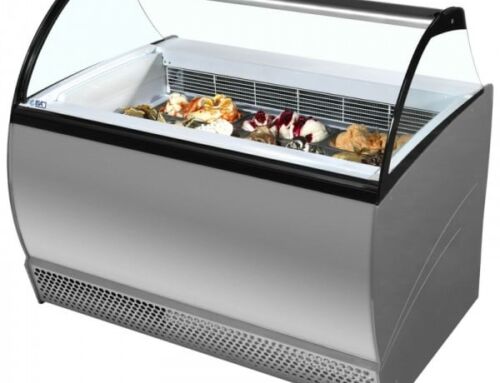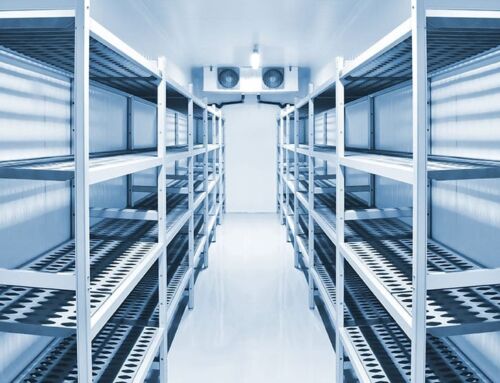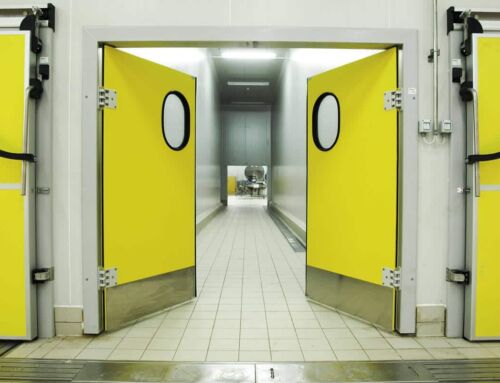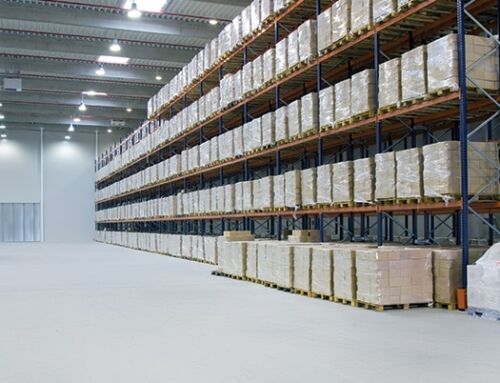People have always sought ways to preserve food for long periods. The ability to provide food to everyone without spoiling is one of the most pressing needs today. Cold storage This is where cold storage comes in. So, what are the uses of cold storage?
Advantages of Cold Storage
Some industrial and food products can undergo transformations depending on the environmental conditions. After harvest, foods lose their vital functions and begin to decay. Post-harvest storage preserves the product's overall form and metabolism. Cold storage allows products to remain fresh longer. Cold storage Essentially, it's a room with an insulated air-conditioning system. These spaces enable fresh food products to be delivered to consumers.
Cold storage can preserve many different products. Vegetables, fruits, fish, cheese, chicken, and red meat can be stored in cold storage. These foods are delicate and affected by the humidity and temperature of their environment. Temperature fluctuations undoubtedly lead to the growth of microorganisms, while moisture loss can significantly reduce product quality. Moisture loss can even lead to weight loss.
For all of this, products are stored in cold storage facilities to maintain their weight and freshness. Cold storage keeps humidity and temperature levels under control.





